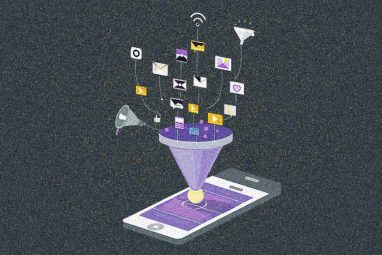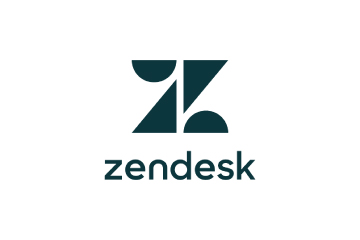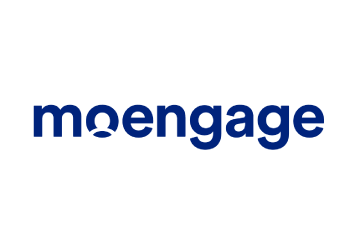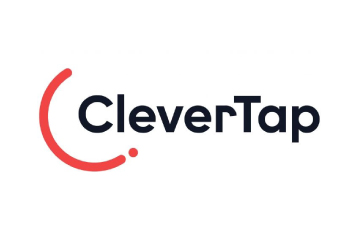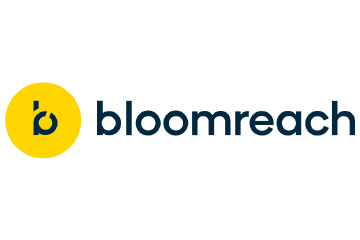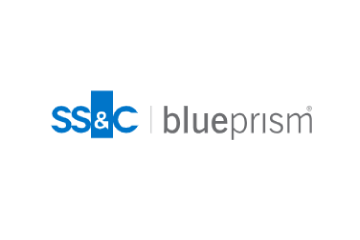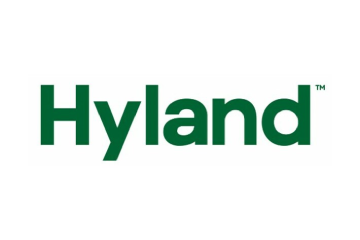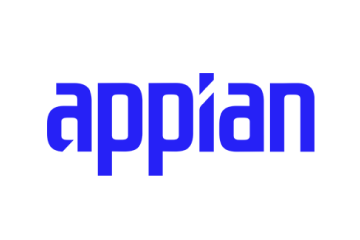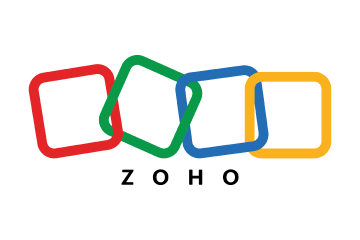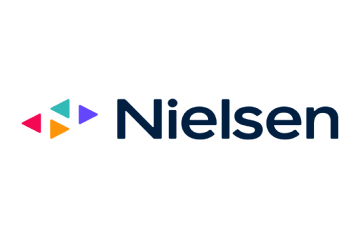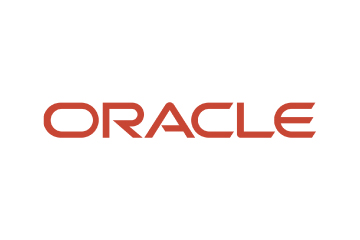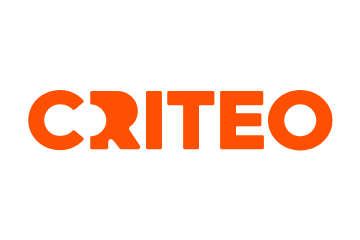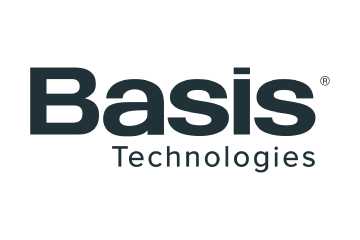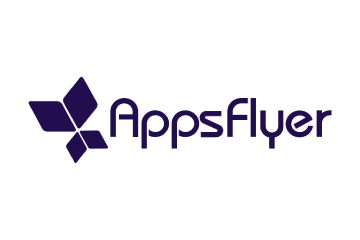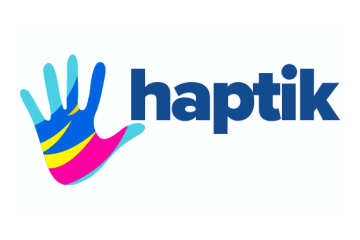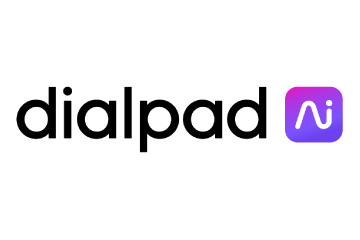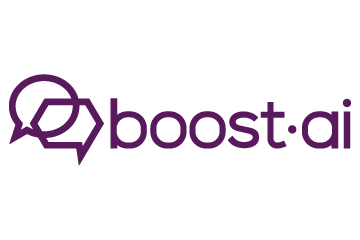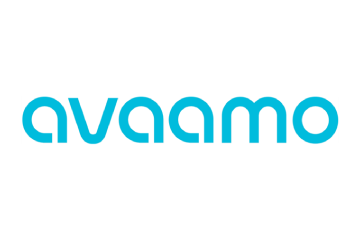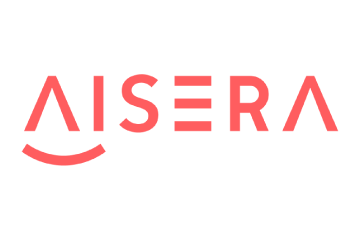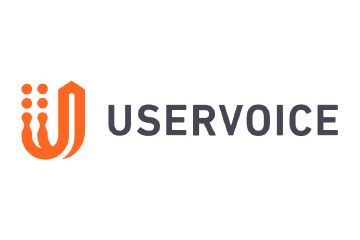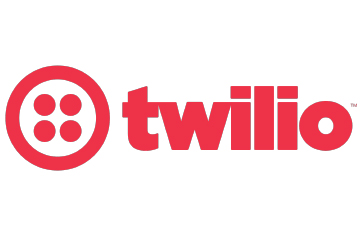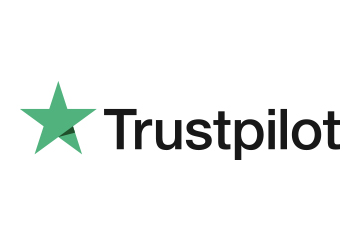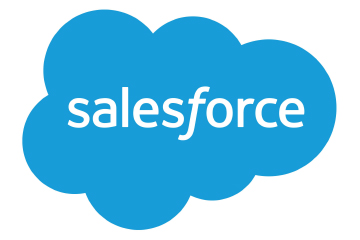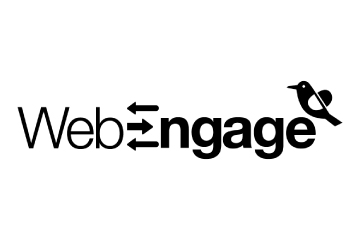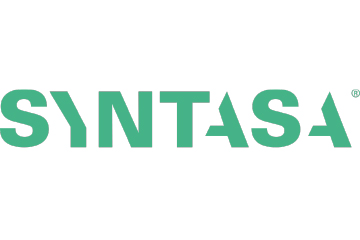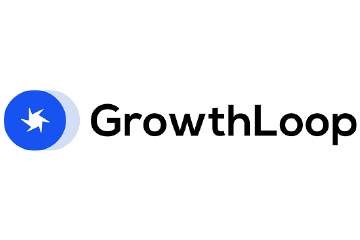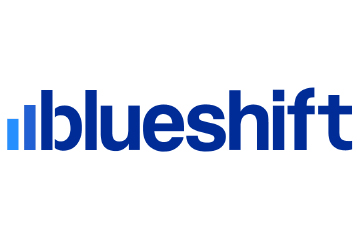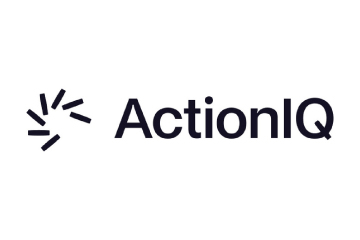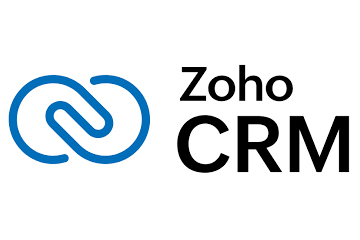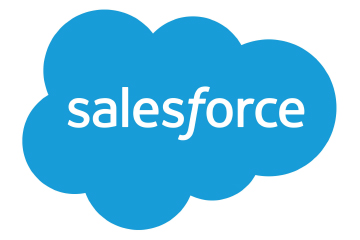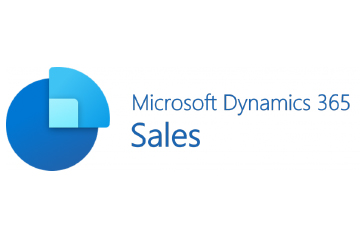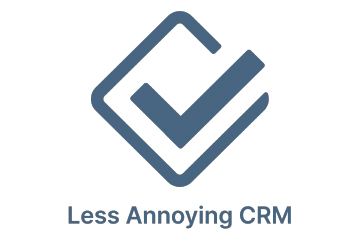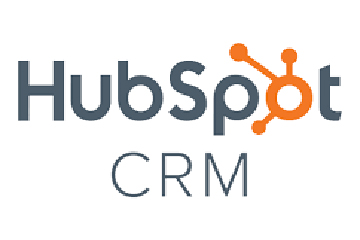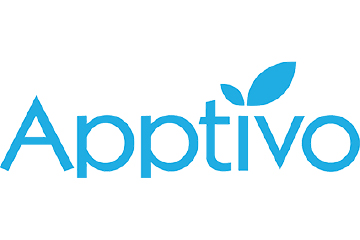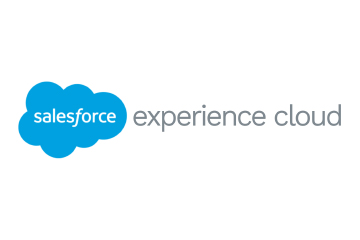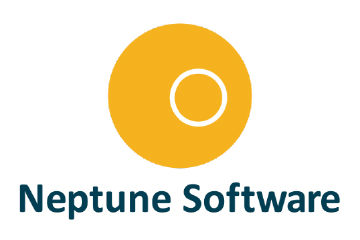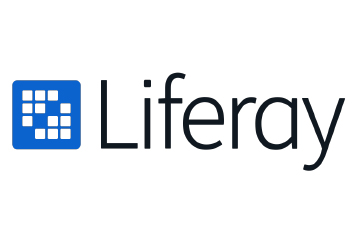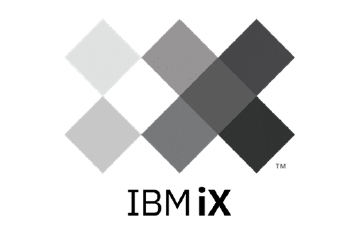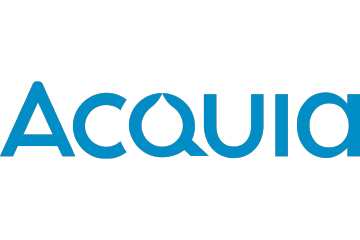How to Retain Customers Post-Ramadan Festive Surge
Ramadan brings a surge in sales, but how can brands retain customers after the festive season? Discover data-driven strategies from Gameball and Braze to transform short-term shoppers into long-term loyal customers.

Ramadan is an opportunistic period for businesses. But what happens when the festivities end? Too often, companies experience a post-Ramadan slump, with engagement plummeting and once-loyal customers walking away.
Why do some brands sustain momentum while others lag behind? The key lies in transforming short-term holiday transactions into lasting customer relationships.
Understanding The Post-Ramadan Retention Challenge
According to Salma Sabbour, Senior Loyalty Manager at Gameball, many brands attract first-time buyers during Ramadan through discounts, seasonal offers, or the natural surge in demand. However, they often struggle to retain them post Ramadan.
“To sustain momentum, brands must go beyond focusing on short-term sales and build lasting relationships,” said Salma. “Ramadan provides an opportunity to leave a strong impression with product quality, exceptional service, and frictionless experiences while also collecting valuable customer data.”
To retain customers, brands can use this data to personalise engagement and offer loyalty incentives, which would turn one-time buyers into repeat customers.
Extending the Sense of Exclusivity and Urgency Beyond Ramadan
Brands can maintain customer engagement post-Ramadan by continuing the momentum of exclusivity and urgency. Salma suggests several key strategies:
- Exclusive Post-Ramadan Rewards: Offer special rewards to Ramadan shoppers that can be redeemed only after the festive season. This encourages repeat purchases and fosters loyalty beyond the seasonal peak.
- Transitioning to the Next Seasonal Demand Driver: Shifting from Ramadan promotions to a “Get Ready for Summer” theme aligns offers and messaging with upcoming consumer needs, ensuring continuous engagement.
- Gamification and Streak-Based Challenges: Encouraging repeat purchases or interactions over a set period creates a psychological commitment, reinforcing habitual engagement even after Ramadan ends.
Leveraging Post-Ramadan Data to Predict and Influence Future Customer Behaviour
Sharif Kotb, Area VP Sales – GCC at Braze, highlights the importance of analysing post-Ramadan customer data to predict future behaviours.
“As brands transition from the festive atmosphere of Ramadan, the data collected during this period offers a treasure trove of insights,” said Sharif. “By analysing purchase trends, engagement peaks, and preferred messaging channels, brands can identify what resonated with consumers and capitalise on that momentum moving forward.”
Sharif outlines three key strategies for leveraging data effectively:
- Customer Segmentation: Differentiate between one-time purchasers and repeat buyers to tailor follow-up campaigns effectively. Utilising customer segmentation features allows brands to create distinct groups for personalised outreach.
- Integrating and Comparing Data: Brands should not treat their data in silos. Comparing pre-Ramadan data with insights gathered during the month enables powerful predictive analytics to hyper-personalise offers.
- Targeted Messaging Strategies: For example, if Sarah shifted her ordering habits to indulgent treats during Ramadan, a food delivery brand could craft a campaign encouraging her to return to healthier choices. Similarly, a gifting brand could remind customers that gifts aren’t just for Eid, using content cards to showcase personalised gift recommendations.
Adjusting Omnichannel and Messaging Strategy to Prevent Engagement Drop-Off
To sustain engagement after Ramadan, brands must maintain their connection with customers. Sharif advises against drastically pulling back on marketing efforts, as this risks becoming “out of sight, out of mind.”
Key recommendations include:
- Cross-Channel Orchestration: Brands can personalise re-engagement campaigns across email, push notifications, and in-app messaging to prevent drop-offs.
- Owned vs. Paid Channels: Instead of shifting focus solely to acquiring new customers, brands should leverage owned channels to nurture existing ones, as they are already engaged.
- Gradual Transition in Messaging: Instead of abruptly ending festive promotions, brands should shift to long-term loyalty incentives, such as exclusive rewards and personalised re-engagement campaigns.
One successful example is Snoonu, Qatar’s fastest-growing food delivery and online shopping marketplace. To boost engagement during a slow season, Snoonu launched a gamified campaign called “Order and Win Gold,” where users collected treasure chests for a chance to win 300 grams of gold. This campaign led to a 30% increase in orders and was implemented in just one to two months. The key takeaway? Engaging customers across multiple channels increases retention and keeps them connected to the brand.
The post-Ramadan period doesn’t have to mean a steep drop in engagement. By leveraging customer data, extending exclusivity, and maintaining omnichannel engagement, brands can turn seasonal shoppers into long-term loyal customers.


